Ditapis dengan
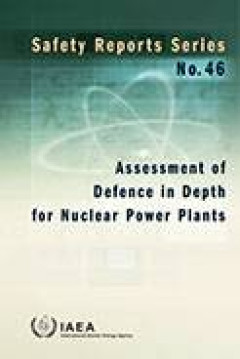
Safety Reports series No. 46: Assessment of defence in depth for nuclear powe…
This book consist : Introduction; The concept of defence in depth; Approach for making an inventory of the defence in depth capabilities of a plant; Applications; and Conclusions. (Jml)
- Edisi
- -
- ISBN/ISSN
- 92-0-114004-5 / 1020-6450
- Deskripsi Fisik
- 120 p. : Illus. ; 24 cm
- Judul Seri
- Safety Reports Series
- No. Panggil
- -
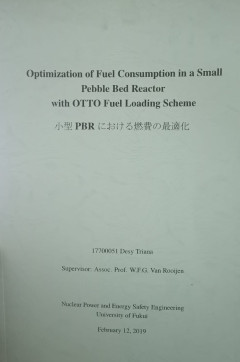
Optimization of Fuel Consumption in a Small Pebble Bed Reactor with OTTO Fuel…
Optimization the performance of the Pebble Bed Reactor with OTTO fuel loading scheme has been carried out. Parameters and reactor desigen refer to the HTR-module 200 and PBMR. HTR-Modul 200 is model PBR that has thermal power output 200 MW and using UO2 as a fuel with HK loading 7 gr/pebble and uranium enrichment of 7.8%. The PBMR is a rptotype pebble bed modular reactor with an thermal output …
- Edisi
- -
- ISBN/ISSN
- -
- Deskripsi Fisik
- 44p.;illus, 24cm
- Judul Seri
- -
- No. Panggil
- 621.483 TRI O
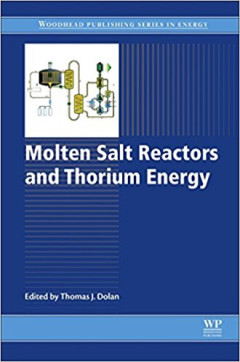
Molten Salt Reactors and Thorium Energy
Molten Salt Reactors is a comprehensive reference on the status of molten salt reactor (MSR) research and thorium fuel utilization. There is growing awareness that nuclear energy is needed to complement intermittent energy sources and to avoid pollution from fossil fuels. Light water reactors are complex, expensive, and vulnerable to core melt, steam explosions, and hydrogen explosions, so b…
- Edisi
- 1
- ISBN/ISSN
- 9780081011263
- Deskripsi Fisik
- 815 p. : Illus. ; cm
- Judul Seri
- -
- No. Panggil
- 621.483 DOL m
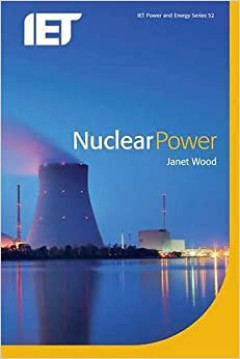
Nuclear Power
This title is the first of four 'new-look' books in the Power and Energy series that are aimed at industry professionals rather than academics. Nuclear Power explains in detail how nuclear power works, its costs, its benefits as part of the electricity supply system, and also examines its record. This book covers the debate over the pros and cons of nuclear power. Is it expensive, dangerous …
- Edisi
- -
- ISBN/ISSN
- 0863416683
- Deskripsi Fisik
- xxviii, 524 p. : Illus. ; 21 cm
- Judul Seri
- IET Power and Energy Series 52
- No. Panggil
- 621.483 WOO n
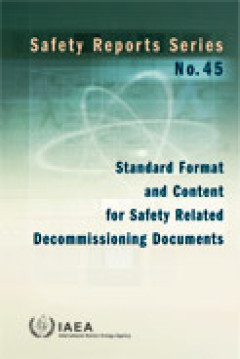
Standard Format and Content for Safety Related Decommissioning Documents
This report provides information on the content and format for decommissioning plans and supporting safety related documents. Its scope includes information that is relevant to all types of nuclear facilities, ranging from nuclear power plants and reprocessing facilities to university laboratories and manufacturing plants. The report will be of interest to decommissioning planning engineers, pr…
- Edisi
- -
- ISBN/ISSN
- 9201132042 / 10206450
- Deskripsi Fisik
- 64 p. : Illus. ; 24 cm
- Judul Seri
- Safety Reports Series No. 45
- No. Panggil
- 621.483 IAE S
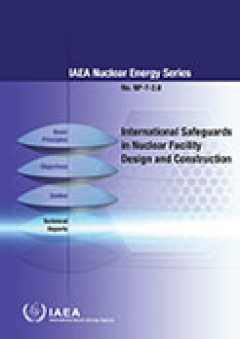
International Safeguards in Nuclear Facility Design and Construction: IAEA Nu…
This IAEA publication provides guidance on the inclusion of safeguards considerations in nuclear facility design and construction. This first volume introduces the basic principles of safeguards by design and discusses the goals, costs and rewards, and places the information into the context of nuclear facility design and construction. Benefits and opportunities for all stakeholders are emphasi…
- Edisi
- -
- ISBN/ISSN
- 978-92-0-140610-1
- Deskripsi Fisik
- 22 p.; 30 cm.
- Judul Seri
- IAEA Nuclear Energy Series
- No. Panggil
- 621.483 IAE i (2)

Procedures for Conducting Probabilistic Safety Assessments of Nuclear Power P…
This safety practice report provides guidance on conducting a Level 1 PSA for internal events in nuclear power plants. The main emphasis is on the procedural steps of the PSA rather than the details of the corresponding methods. The report is intended to assist technical persons managing or performing PSAs. A particular aim is to promote a standardized framework, terminology and form of documen…
- Edisi
- -
- ISBN/ISSN
- 9201023928 / 00741892
- Deskripsi Fisik
- 175 p. : Illus. ; 24 cm
- Judul Seri
- Safety Series No. 50-P-4
- No. Panggil
- 621.48 IAE p
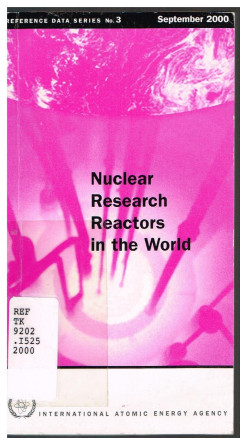
Nuclear Research Reactors in the World, September 2000 Edition
This is the thirteenth edition of Reference Data Series No. 3. This booklet contains general information, as of the end of January 2000, on research reactors in operation, under construction, planned and shut down. The information is collected by the Agency through questionnaires sent to Member States through the designated national correspondents.
- Edisi
- -
- ISBN/ISSN
- 9201021003 / 10112642
- Deskripsi Fisik
- 138 p. : illus. ; 21 cm
- Judul Seri
- Reference Data Series No. 3
- No. Panggil
- -
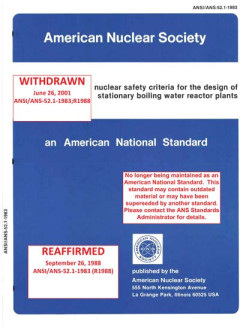
Nuclear Safety Criteria for the Design of Stationary Boiling Water Reactor Pl…
This Standard establishes the nuclear safety criteria and functional design requirements of structures, systems, and components of stationary boiling water reactor (BWR) power plants. Operations, maintenance, and testing requirements are covered only to the extent that they affect design provisions.
- Edisi
- -
- ISBN/ISSN
- -
- Deskripsi Fisik
- 88 p.
- Judul Seri
- ANSI/ANS-52.1-1983 (American National Standard)
- No. Panggil
- 621.4834 AME N
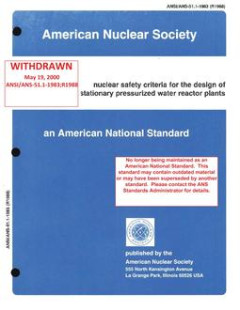
Nuclear Safety Criteria for the Design of Stationary Pressurized Water Reacto…
This Standard establishes the nuclear safety criteria and functional design requirements of structures, systems, and components of stationary pressurized water reactor (PWR) power plants. Operations, maintenance, and testing requirements are covered only to the extent that they affect design provisions.
- Edisi
- -
- ISBN/ISSN
- -
- Deskripsi Fisik
- 92 p.
- Judul Seri
- ANSI/ANS-51.1-1983(R1988)(American National Standard)
- No. Panggil
- 621.4831 AME N
 Karya Umum
Karya Umum  Filsafat
Filsafat  Agama
Agama  Ilmu-ilmu Sosial
Ilmu-ilmu Sosial  Bahasa
Bahasa  Ilmu-ilmu Murni
Ilmu-ilmu Murni  Ilmu-ilmu Terapan
Ilmu-ilmu Terapan  Kesenian, Hiburan, dan Olahraga
Kesenian, Hiburan, dan Olahraga  Kesusastraan
Kesusastraan  Geografi dan Sejarah
Geografi dan Sejarah